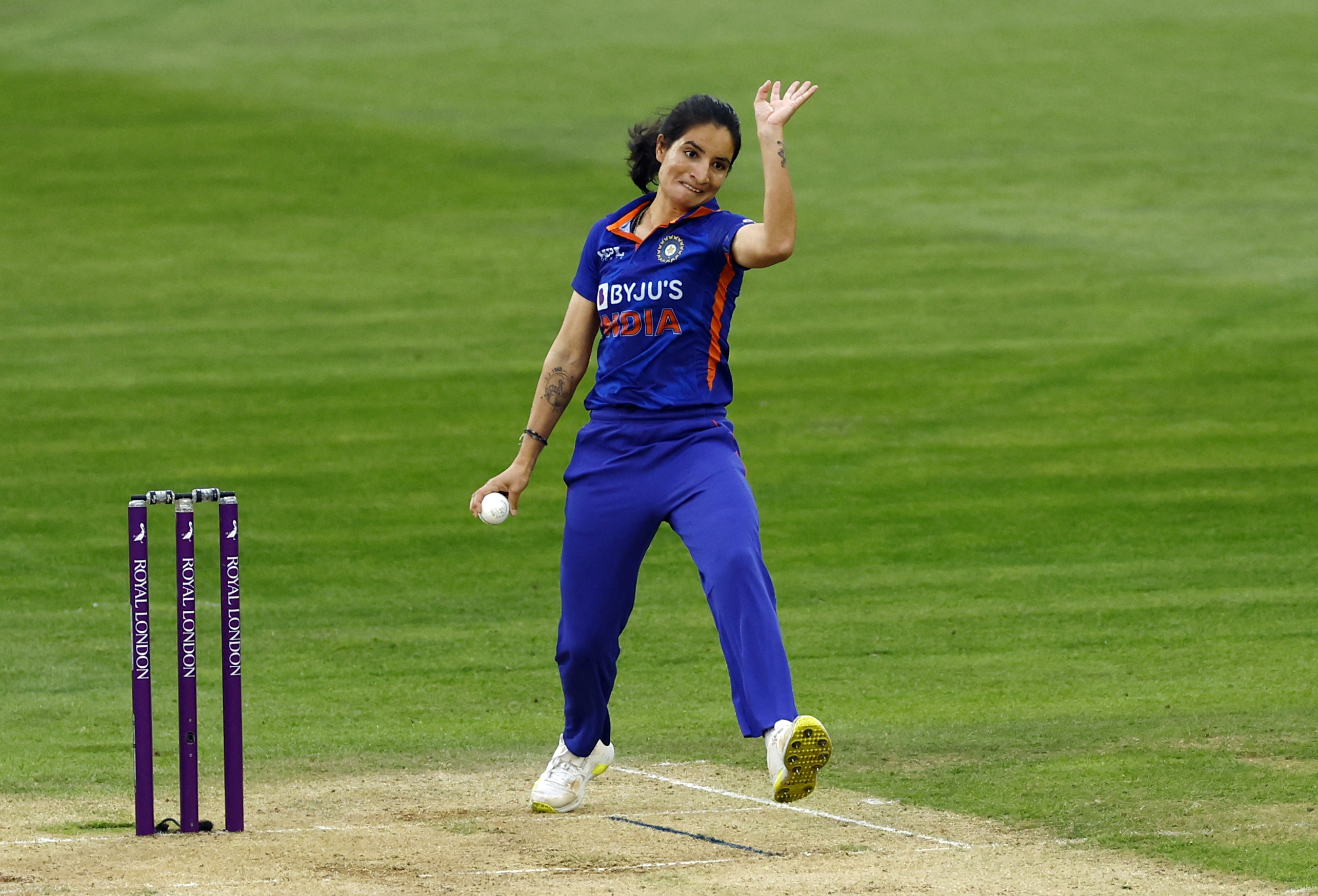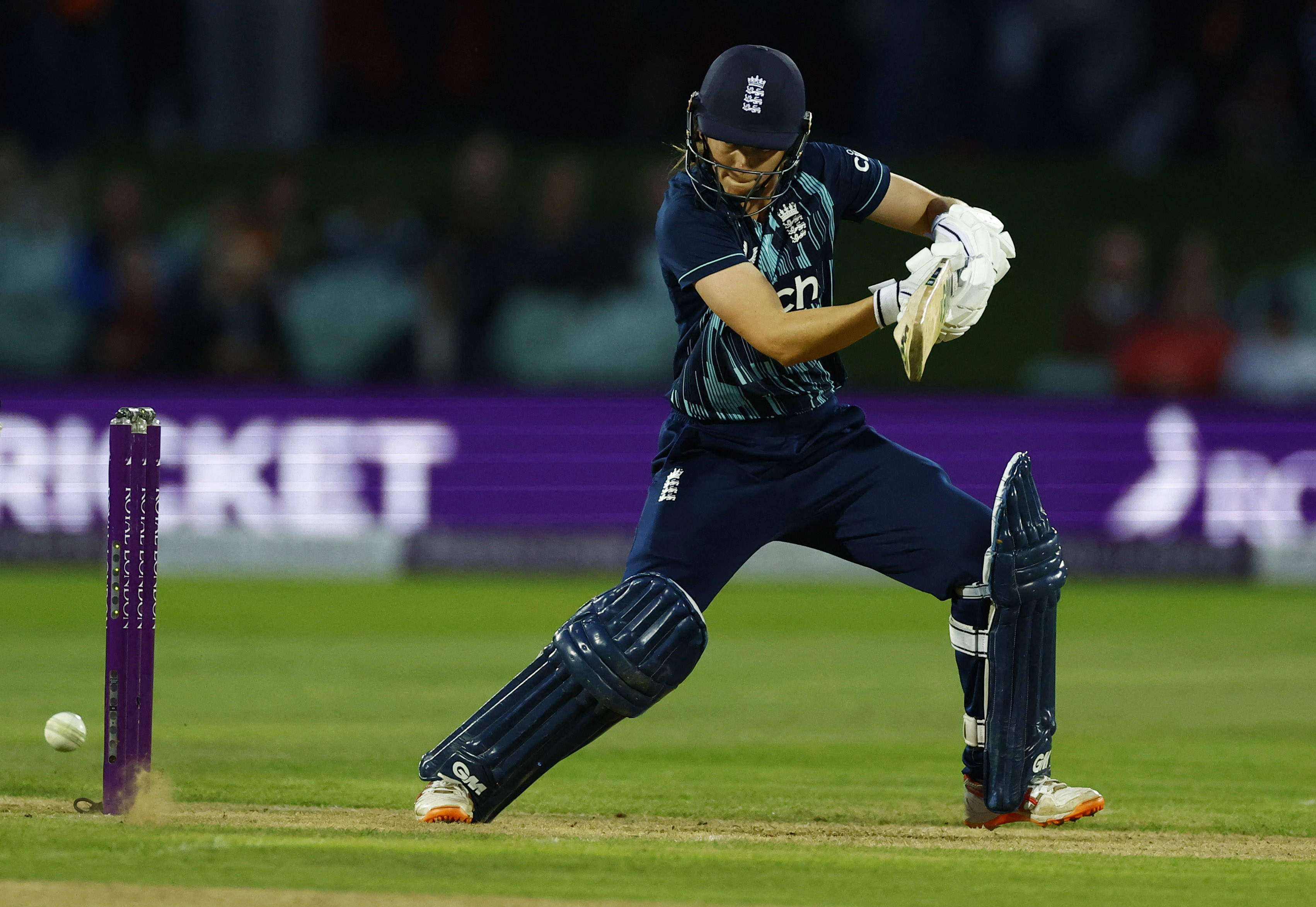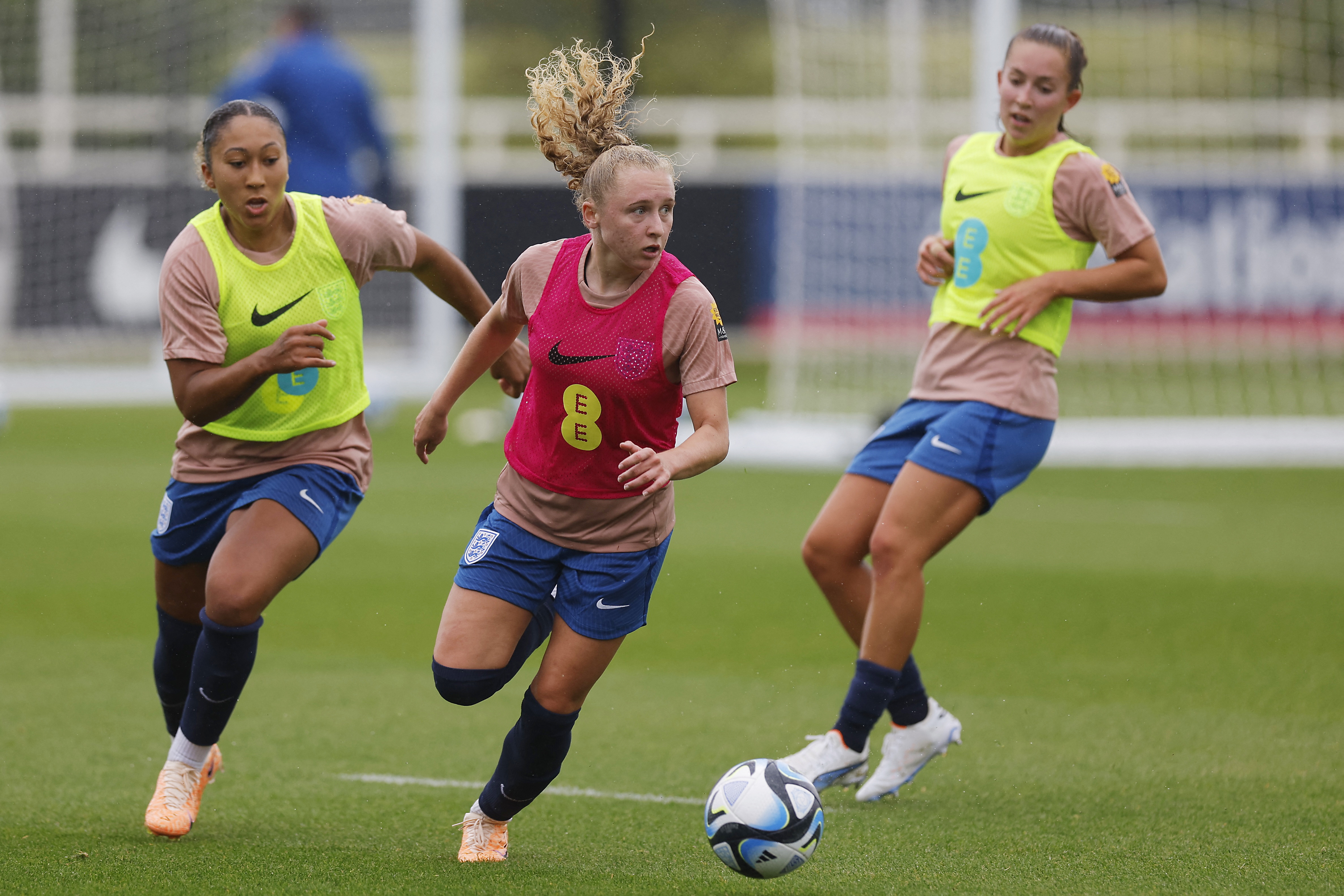You are viewing 1 of your 1 free articles
Playing fast and loose: the implications of joint hypermobility syndrome
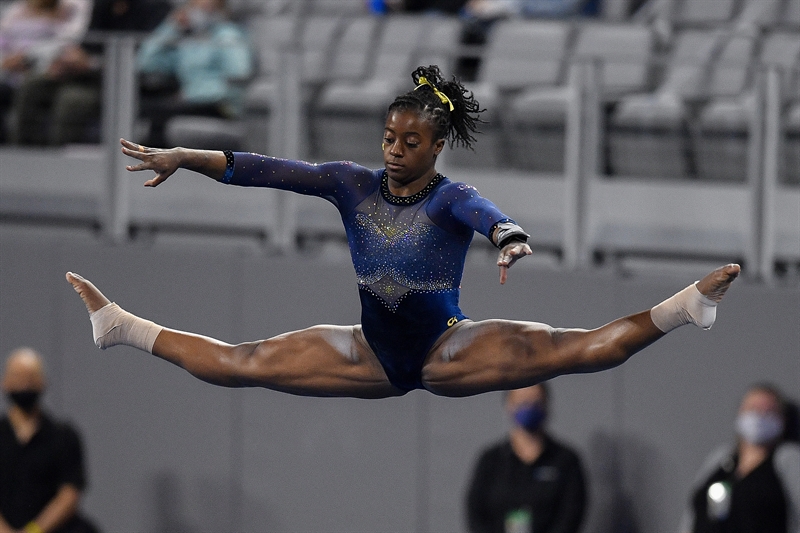
Joint hypermobility syndrome (JHMS) is a connective tissue disorder that refers to excessive joint laxity in the absence of systemic rheumatic disease(1). It is a non-progressive and non-inflammatory condition and primarily presents as pain in multiple joints with no particular cause(2). Due to this vague presentation, clinicians often misdiagnose the problem. Delayed or missed diagnosis is prevalent within sport where athletes regularly sustain injuries that may mask the underlying condition.
Up to 13% of the general population suffers from JHMS. However, due to underdiagnosis, the prevalence is likely much higher(1). Children and teenagers have a greater incidence as JHMS diminishes with age(3). The syndrome occurs in females up to three times more often than males, with up to 20% of the female population exhibiting symptomatic JHMS(4,5). Female athletes are likely to have an even higher rate due to the emphasis on flexibility and joint mobility within sports(6). Early diagnosis is key to maintaining athletic performance.
Hypermobility diagnosis
The formal diagnosis of hypermobility occurs by eliminating other connective tissue disorders, and a clinical examination that follows a strict pattern of criteria. Firstly, symptoms are identified using a five-point screening questionnaire (see table 1). A positive screening results if the athlete answers two out of five questions with a yes(2).The Beighton Score measures general joint laxity and detects the degree of hypermobility (see table 2)(2). Finally, in conjunction with the Brighton Criteria, the Beighton Score determines a clinical diagnosis (see table 3).| • Do you consider yourself double-jointed? |
| • Can you now (or could you ever) place your hands flat on the floor without bending your knees? |
| • Can you now (or could you ever) bend your thumb to touch your forearm? |
| • As a child or teenager, did your shoulder or kneecap dislocate on more than one occasion? |
| • As a child, did you amuse your friends by contorting your body into strange shapes or could you do the splits? |
| • Apposition of the thumb to the flexor aspect of the forearm |
| • Passive dorsiflexion of the metacarpophalangeal joint to 90 degrees (bending the finger backward) |
| • Passive hyperextension of the elbow more than 10 degrees (beyond neutral) |
| • Passive hyperextension of the knee more than 10 degrees (beyond neutral) |
| • Forward flexion with the hands flat to the floor and knees extended |
| Major criteria | Comments |
| Beighton score > or equal to 4 | |
| Polyarthralgia | Arthralgias for longer than 3 months in 4 or more joints |
| Minor criteria | Comments |
| Beighton score < 4 | Score of 1,2 or 3 If < 50 years old |
| Score of 0,1,2 or 3 If > 50 years old | |
| Oligoarthralgias | Joint pain > 3 months in 1 to 3 joints; or back pain > 3 months, or spondylosis, spondylolysis, spondylolisthesis |
| Dislocation or subluxation | In more than one joint, or in more than one joint on more than one occasion |
| Soft tissue lesions | Three or more lesions e.g. Epicondylitis, tenosynovitis, bursitis |
| Marfanoid habitus | Arm span > than height (>1.03 ratio), or arachnodactyly |
| Skin abnormalities | Skin striae, or hyperextensibility, or thin skin, or abnormal scarring |
| Ocular signs | Dropping eyelids, or myopia, or antimongoloid slant |
| Varicose veins, hernia, or uterine/rectal prolapse | |
| Mitral valve prolapse | |
| Exclusion | |
| Presence of Marfan Syndrome | |
| Presence of Ehlers-Danlos Syndrome |
Causes of JHMS
Unlike more severe collagen disorders, such as Marfan or Ehlers-Danlos syndromes, excessive joint laxity is likely due to a collagen abnormality. Still, it lacks a specific marker or mechanism of pathology(7). It is characterized by generalized joint hypermobility and pain that is often chronic. The increased laxity causes uneven wear in the joints and also strains to the surrounding soft tissue(2). When combined with the excessive training loads and repetitive microtrauma of sports training, athletes with JHMS become even more vulnerable to repeated injury.The joint trauma also impairs proprioception and sensory feedback(8). Athletes rely on input from the connective tissue, muscle, and joint receptors to perform accurate and effective movements while maintaining stability(8). Altered proprioception means the athlete lacks positional awareness, which increases the risk of knee injures(9).
Lax tendons are less effective at transmitting force(10). Because the muscles lack adequate loading to stimulate hypertrophy, the athlete may experience decreased muscle mass and strength(11). Females already have less total body muscle mass than males (25% and 40% respectively)(12). This general level of decreased physical conditioning originates during childhood when JHMS symptoms peak. Adult elite athletes with symptomatic JHMS showed evidence of missing foundational strength(13) . Chronic repetitive joint trauma can lower the pain threshold, causing hyperalgesia and fear-avoidance as the athlete evades further painful incidents and increased training intensity(2).
Female-specific implications
Females have different anatomical and biomechanical compositions compared to males. Females tend to have a wider pelvis and larger Q-angle, resulting in increased hip adduction, genu valgum, pes planus, and an overall mechanical disadvantage during landings(1,14). These differences likely contribute to the increased injury rates in females. For example, females are five times more likely to tear their ACL(15) and demonstrate increased ankle instability due to medial forefoot collapse(16). Having JHMS may compound these issues in women.In the upper body, females have narrow shoulders, increased carrying angle at the elbows, and shorter limbs(14). Females are also more susceptible to shoulder instability, wrist pain, and thumb carpometacarpal joint injury – all seemingly correlated with JHMS(7).
Abdominal & pelvic pain
Up to 30% of female athletes report experiencing stress urinary incontinence (SUI)(17). As many as 86% of patientswith JHMS also experience abdominal and pelvic pain(2). These problems are likely due to abdominal and pelvic floor muscle weakness(3). This weakness can eventually result in pelvic organ prolapse (POP). The rate of JHMS in females with POP can be as high as 60%(18). In addition to JHMS, long training hours, competitive situations, and high impact activity compound pelvic instability.Pregnancy can exacerbate the symptoms of JHMS as the natural prevalence of the hormone relaxin causes widespread joint laxity. This increased laxity appears especially in the abdominal and pelvic regions, with 100% of pregnant women also experiencing diastasis rectus abdominis by their third trimester(19). As the baby develops, the pelvic floor may weaken. Trauma experienced in labor and postpartum complications of JHMS may leave the athlete with an even less stable pelvic floor than before pregnancy. Those with JHMS may also be more at risk for SI joint and low back pain that persists postpartum.
Management and rehabilitation
Joint hypermobility syndrome is also linked to a wide range of other musculoskeletal conditions including, carpal tunnel syndrome, osteoporosis, chronic regional pain syndrome and fibromyalgia(7). These conditions are also all more prevalent in females. Collectively this data suggests females with JHMS are at a greater risk of injury. This fact should motivate teams to identify underlying factors and solutions rather than justify recurrent injury.1) Early diagnosis and education
Successful management of JHMS should commence with education on the condition and its physiological effects. Implement lifestyle modifications and training strategies to protect joints and address key risk factors such as pacing, over-training, intensive competition schedules, vigorous and repetitive activities, biomechanics, and training techniques(1,2). The temptation for these athletes is to rely on their flexibility for performance and seek out stability from their ligaments. Training with attention to correct biomechanics, proprioceptive feedback, and intensive resistance training will help preserve joints and develop the strength and stability needed for performance.
Exercise intervention is the most beneficial treatment strategy. Although exercise will not reduce joint laxity, those who participate in a regular exercise program report fewer musculoskeletal complaints(20). An eight-week progressive closed-chain strengthening program significantly improved knee positioning, balance, lower limb strength, quality of life, and reduced pain for 18 young adults (16 female, two male)(21). Therefore, use closed-chain exercises initially to simulate the functional demands of the limbs while protecting the joints.
Setting physical blocks may be necessary to reteach the athlete where their body is in space and train the muscles to move within the functional range. For instance, when performing squats with the Smith bar, set a block above the athlete that prevents them from standing up far enough to move the knees into hyperextension. After gaining control in the closed-chain, use open-chain exercises to strengthen specific muscles further(22).
2) Proprioception
Proprioceptive exercises refer to exercises that challenge the central nervous system to determine body position and move a limb while maintaining balance. Proprioception training develops motor control and improves movement patterns(8). Balance exercises alone do not improve proprioception. Instead, the combination of strength, balance, and motor control skills increases joint stability and performance(1). These exercises should therefore follow a progression of:
- A balance challenge.
- Balance with eyes closed.
- Movement of a limb while balancing to produce an expected perturbation challenge.
- Unexpected perturbation challenges.
Exercises that maximize these criteria are single-leg balancing on an unstable surface with eyes closed while moving a lower limb. These athletes may rely on locking-out their joints to stay stable. Cue them to work within the entire range of joint movement. They may feel very uncomfortable with these activities, so start small, using a foam block as an unstable surface. Progress to movements on an unstable surface, such as squats on a BOSU or bridges on a stability ball.
Exercises that mimic sports-specific drills are most beneficial. For example, female athletes tend to have less knee flexion and greater hip adduction in landing. Therefore, practice double-limb jumps off of a box and focus on hip and knee control upon landing. Gaining better hip and knee control with this type of training exercise reduces the incidence of noncontact ACL injuries(23).
3) Strengthening program
A specific strengthening program is essential for muscle stability and control. Typical training regimens may fail because they do not account for the lack of power and stamina in the muscles of those with JHMS(24). For example, slow-twitch muscle fibers atrophy faster than fast-twitch ones and require loading using 25-30 repetitions to produce change within the muscle(25). Programs must focus on addressing any such deficits before introducing heavier loading.
Feedback to the athlete is also essential to increase their body awareness and improve technique. The use of mirrors, video playback, and tactile feedback enhance training in those with JHMS. Stretching is rarely required in this population and should be used with caution. Stretching that isolates tight muscles without straining the joints may be used to relieve specific muscle contraction.
| Category | Exercises | Prescription |
|---|---|---|
| • Pre-activation of muscles with isometric holds | • Heel presses | Perform 10 reps, holding each for 5 seconds. |
| • Glute squeezes | ||
| • Adductor squeezes | ||
| • Arm presses | ||
| • Muscle activation and control | • Scissors (see figure 1) | 2-3 sets of 10 reps each. |
| • Hip twist with band (see figure 2) | ||
| • Glute bridge with band | ||
| • Leg stretch with band to control range (see figure 3) | ||
| • Upper limb exercises | • Banded chest press (see figure 4) | 2-3 sets of 10 reps each. |
| • Hovers with band (see figure 5) | ||
| • Swimming with band (see figure 6) | ||
| • Lower limb exercises | • Controlled squats | 2-3 sets of 10 reps each. |
| • Lunges | ||
| • Squat plus abduction | ||
| • Upright trunk control exercises | • Spine twist with band (see figure 7) | 6-10 reps. |
| Spinal control | • Mermaid (see figure 8) | 6-10 reps. |
| • Thread the needle (see figure 9) | ||
| • Roll up to standing (see figure 10) |
Figure 1: Scissors

Figure 2: Hip twist with band
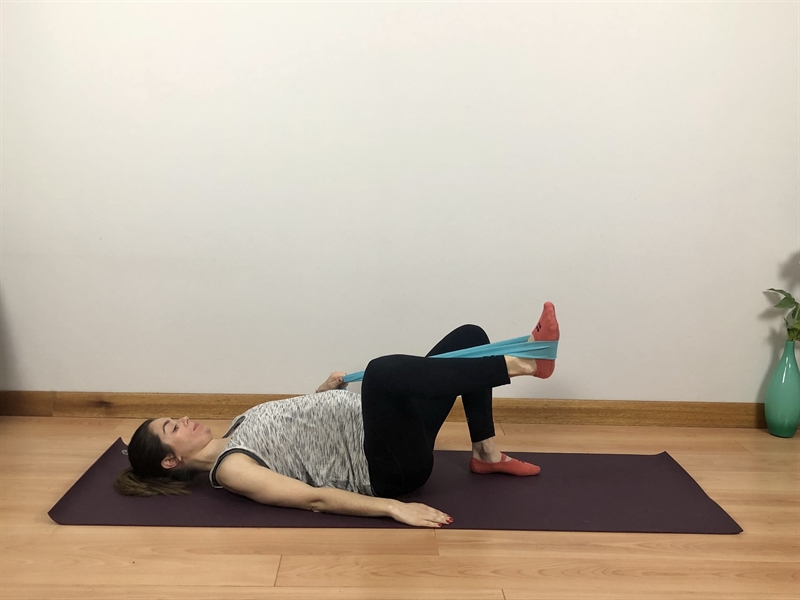
Figure 3: Leg stretch with band
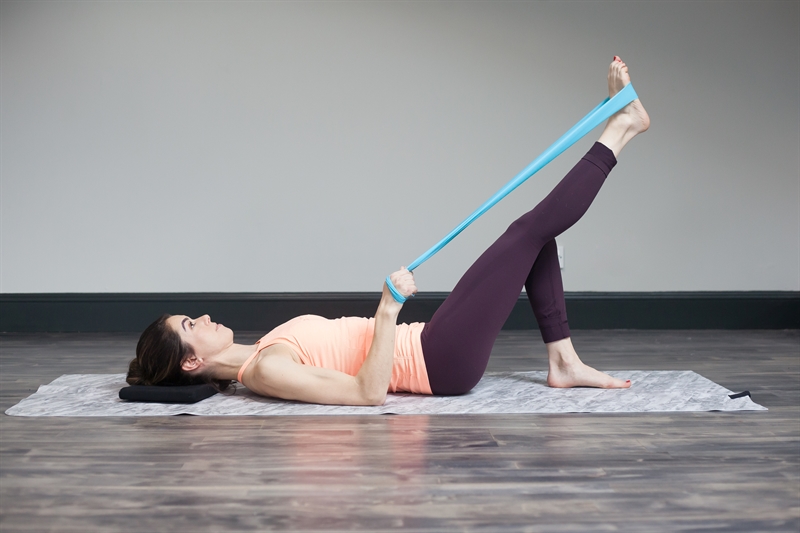
Figure 4: Banded chest press
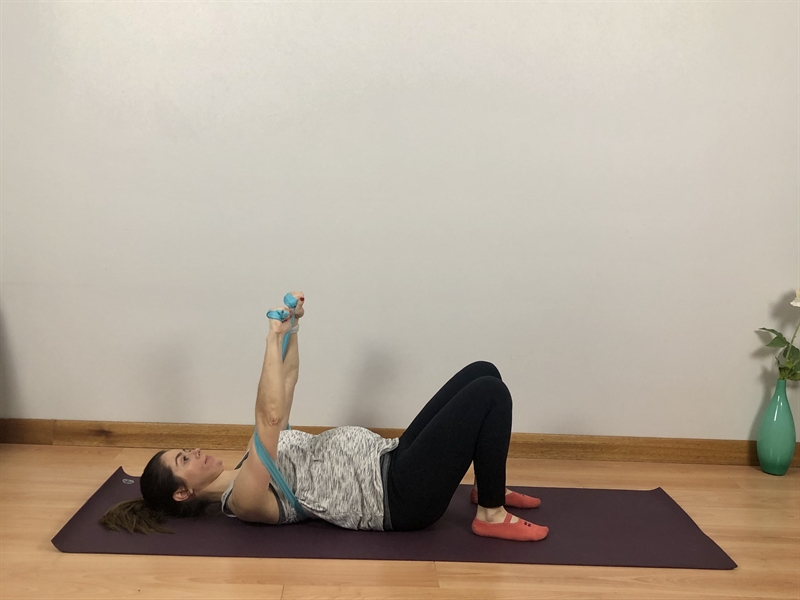
Figure 5: Hovers with band
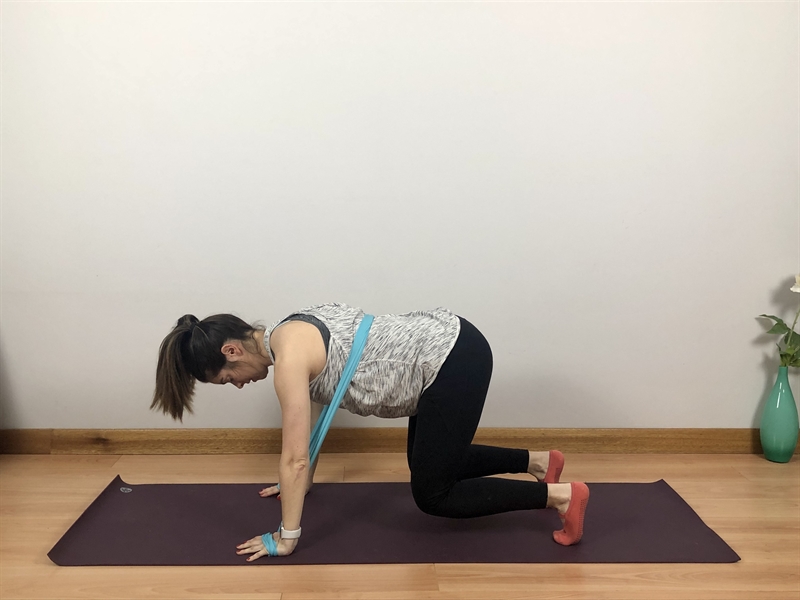
Figure 6: Swimming with band
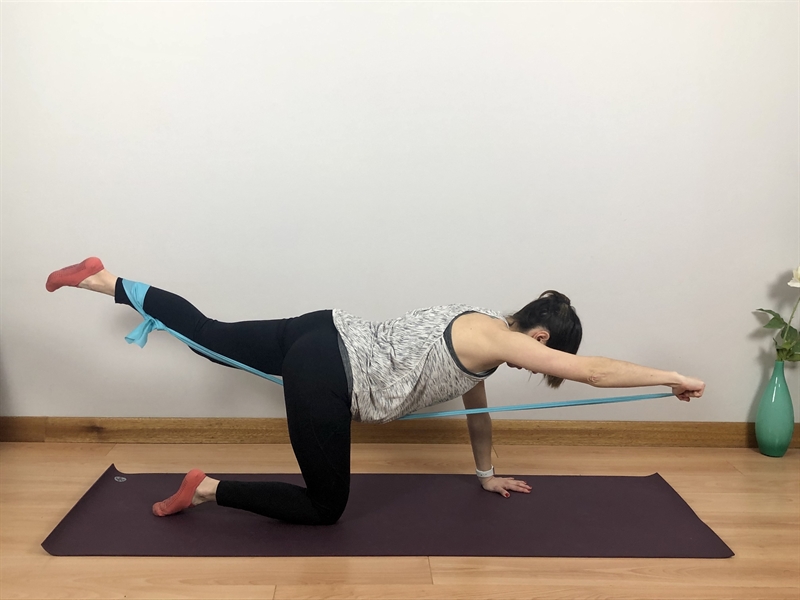
Figure 7: Spine twist with band
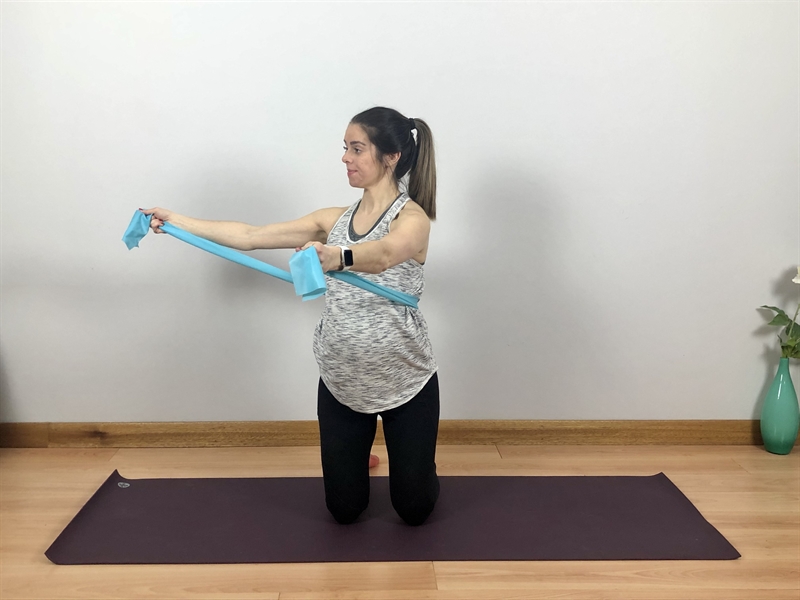
Figure 8: Mermaid
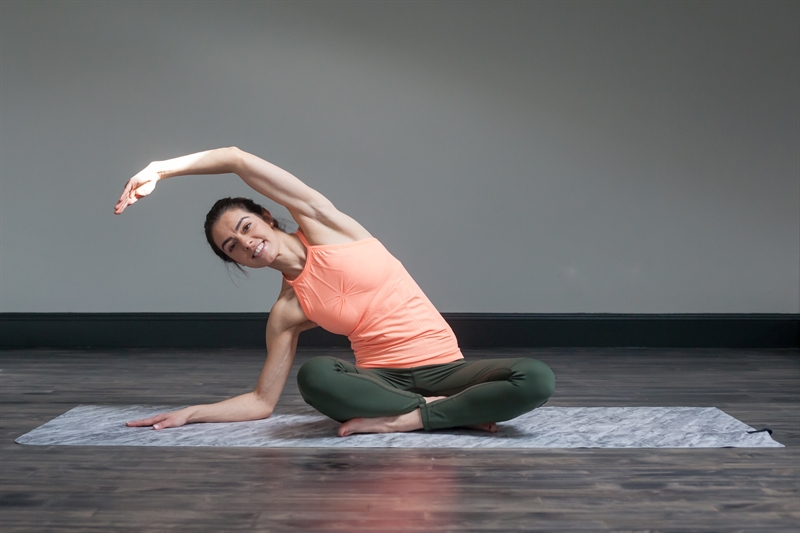
Figure 9: Thread the needle
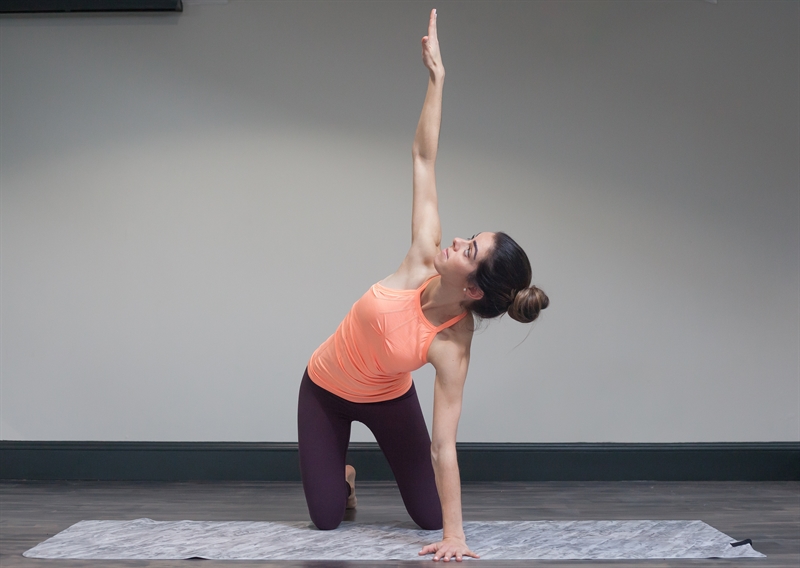
Figure 10: Roll up standing
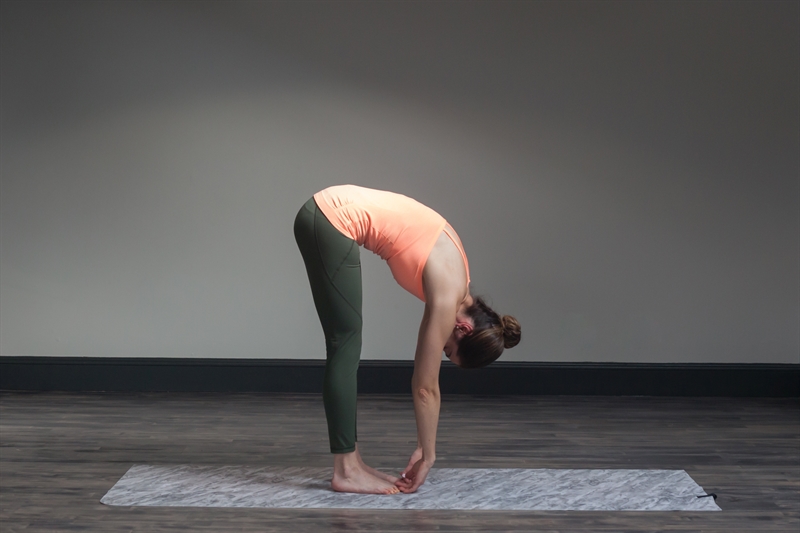
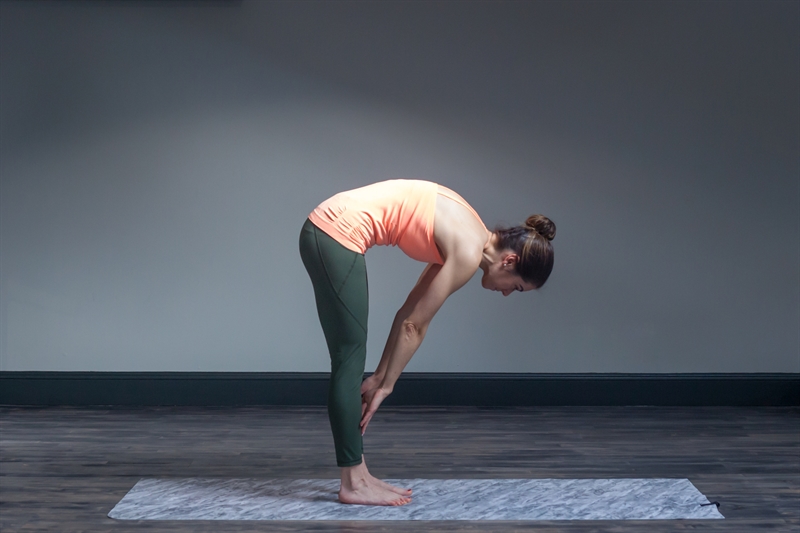
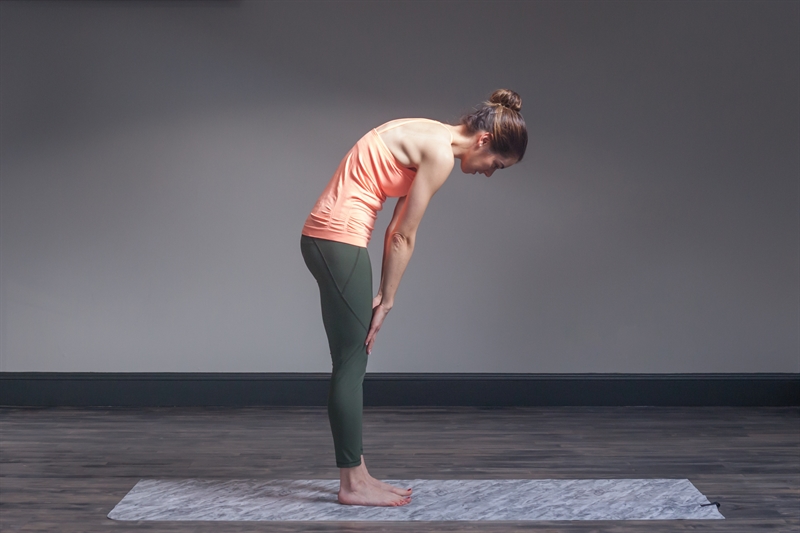
Summary
Joint hypermobility syndrome can contribute to a significant number of varying musculoskeletal conditions. Females have a higher incidence of JHMS and a greater risk of musculoskeletal injuries. Consider JHMS in female athletes with recurrent and chronic injuries. An accurate diagnosis is key to developing a specific treatment plan that enhances athletic performance and reduces the risk of further injury.References
- J Am Osteopath Assoc. 2006; 106: 531-536.
- Am J Med. 2017; 130: 640-647.
- Best Pract Rest Cl Rh. 2003. 17(6): 989–1004.
- Arth Rheum. 2004; 50(8):2640-2644.
- Arch Pediatr Adolesc Med. 1997; 151(10):989-992.
- Curr Sports Med Rep. 2013;12(5):291-295.
- J Am Acad Orthop Surg. 2011; 19:463-471.
- Strength and Cond J. 2011; 33(3): 111-118.
- Rheumatol Int. 2013;33(11): 2709-2716.
- Arthritis Care Res. 2012; 64(10): 1584-1592.
- Am J Sports Med. 2010; 38(7): 1487-1497.
- Olympic Committee. 2015; John Wiley & Sons Inc. Chapter 1, p2.
- J Rheumatol. 2007; 34(4): 804-809.
- Clin Orthop Relat Res. 2002;(401):162-9.
- Am J Sports Med. 2006; 34(5): 765-770.
- J Athl Train. 2009; 44(4):356-362.
- 2010; 77(2):139-146.
- Obstet Gynecol. 1995; 85: 225–228.
- Manual Therapy. 2015; 20(1): 200-205.
- South Med J. 1991;84(10):1192-1196.
- Athritis Rheum. 2004;50(1):3323-3328.
- Phys Ther. 2000;80:386–398.
- Am J Sports Med. 2006; 34:490-498.
- Curr Opin Rheumatol. 2008;20(1): 106-110.
- Curr Opin Clin Nutr Metab Care. 2013; 16(3): 243–250.
Related Files
Newsletter Sign Up
Subscriber Testimonials
Dr. Alexandra Fandetti-Robin, Back & Body Chiropractic
Elspeth Cowell MSCh DpodM SRCh HCPC reg
William Hunter, Nuffield Health
Newsletter Sign Up
Coaches Testimonials
Dr. Alexandra Fandetti-Robin, Back & Body Chiropractic
Elspeth Cowell MSCh DpodM SRCh HCPC reg
William Hunter, Nuffield Health
Be at the leading edge of sports injury management
Our international team of qualified experts (see above) spend hours poring over scores of technical journals and medical papers that even the most interested professionals don't have time to read.
For 17 years, we've helped hard-working physiotherapists and sports professionals like you, overwhelmed by the vast amount of new research, bring science to their treatment. Sports Injury Bulletin is the ideal resource for practitioners too busy to cull through all the monthly journals to find meaningful and applicable studies.
*includes 3 coaching manuals
Get Inspired
All the latest techniques and approaches
Sports Injury Bulletin brings together a worldwide panel of experts – including physiotherapists, doctors, researchers and sports scientists. Together we deliver everything you need to help your clients avoid – or recover as quickly as possible from – injuries.
We strip away the scientific jargon and deliver you easy-to-follow training exercises, nutrition tips, psychological strategies and recovery programmes and exercises in plain English.




